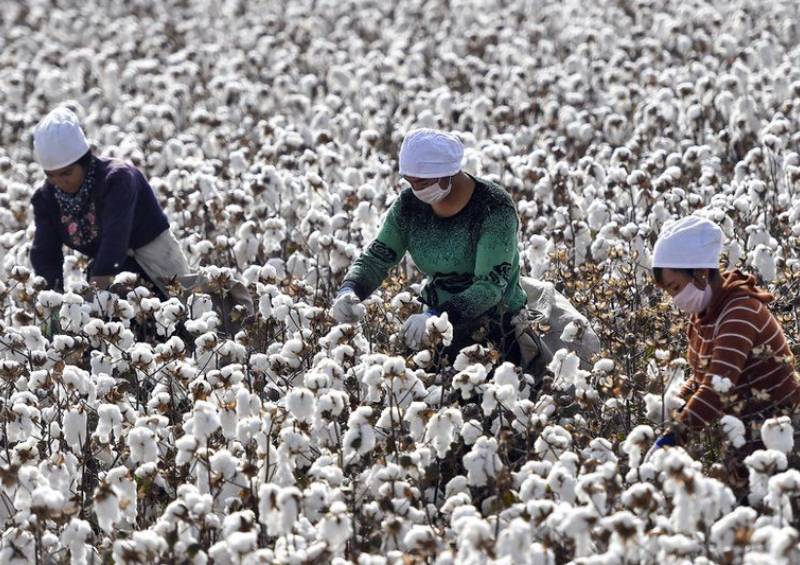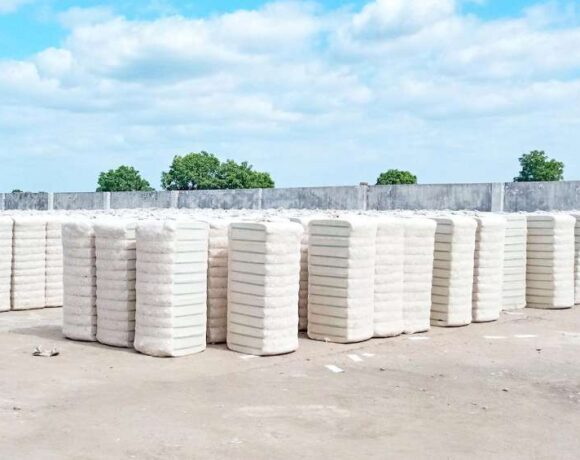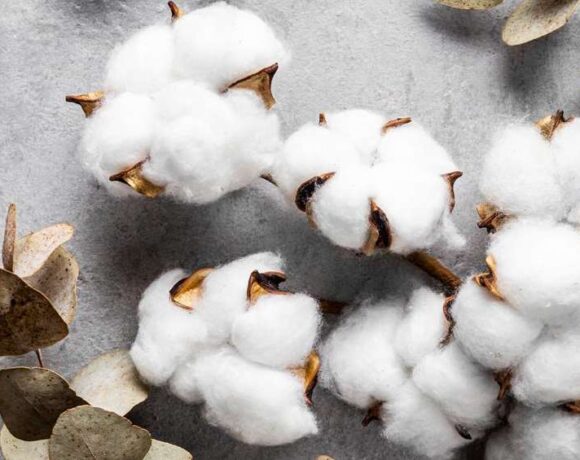Xinjiang Cotton Crisis Forces Chinese Textile Firms To Adapt

Hong Yongcheng, a towel factory owner, has shifted production to Xinjiang amid heightened restrictions on Chinese imports, particularly affecting US-bound goods. With American buyers hesitant to renew orders due to these restrictions, Hong’s decision was driven by cost-cutting measures rather than a strategy to regain foreign markets. “I don’t see much hope in getting American orders back,” Hong stated, adding that most customers are now domestic.
Hong’s new Xinjiang production line aligns with regional efforts to promote local industries and was showcased at the China-Eurasia Expo in Urumqi last June. However, Xinjiang’s textile sector has been reeling from a sweeping US ban on imports due to allegations of forced labor. The ban, part of the Uygur Forced Labour Prevention Act, has led to a drastic 92% drop in Xinjiang’s textile exports to the US and a 54.6% decrease in foreign direct investment.
Despite significant government subsidies and efforts to boost local trade, including increased exports to Central Asia, the domestic market has not fully compensated for the loss of international business. Hong’s factory, previously reliant on US orders, now faces reduced revenues and intense competition from local players.
The broader Chinese textile sector is experiencing declining export values and strained domestic demand. Companies are grappling with lower profit margins and are adjusting by focusing more on domestic markets or relocating production. Experts suggest that this trend may persist as manufacturers seek new international opportunities and adapt to the shifting economic landscape.















